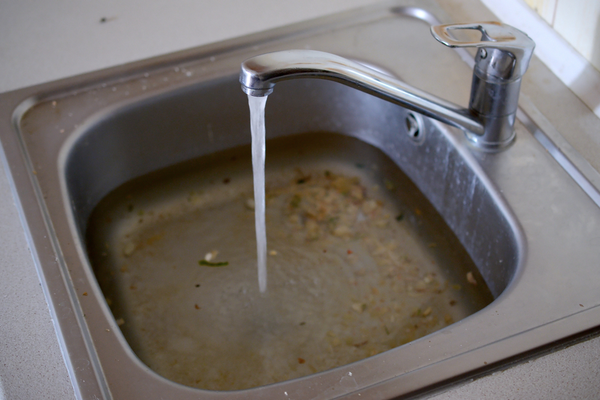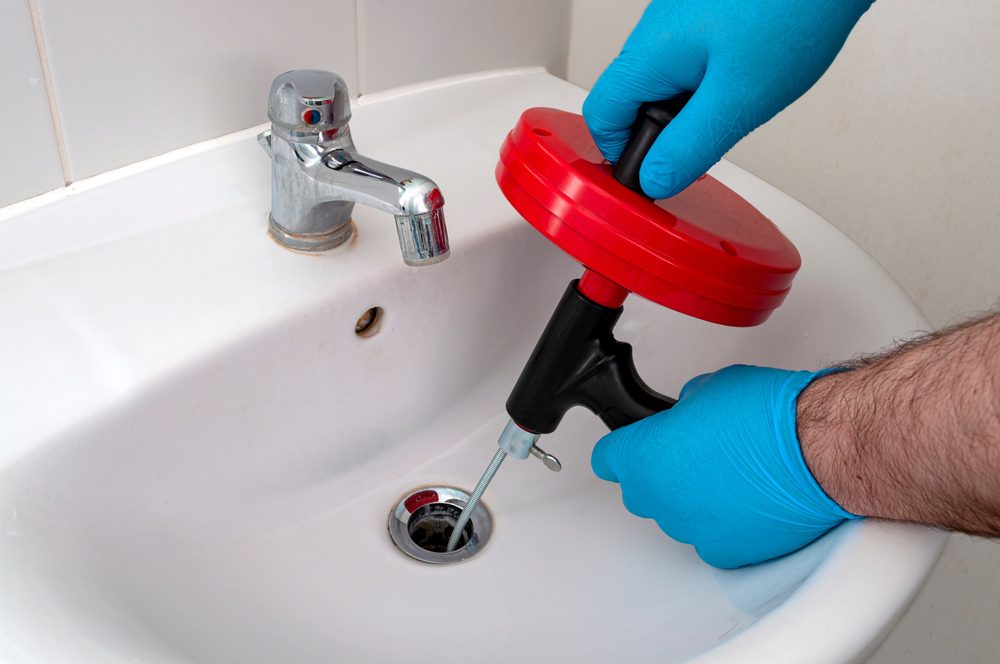What to Address a Blocked Drain Before Reaching out to Expert Help
What to Address a Blocked Drain Before Reaching out to Expert Help
Blog Article
What are your beliefs about Tips for Dealing with Clogged Drains and Sewer Lines?

Intro
Managing a blocked drain can be an irritating experience, interrupting day-to-day activities and possibly creating damages to your home. However, prior to connecting to plumbing experts, there are actions you can take to attend to the concern on your own. In this guide, we'll discover DIY services and safety nets to tackle an obstructed drain successfully.
Identifying the Concern
The very first step in resolving a blocked drain is acknowledging the signs. Sluggish water drainage, gurgling audios, foul odors rising from drains, or water backing up are common indicators of an obstructed drain. Determining these indicators early can help avoid even more issues.
Choosing the Right Pipes Service
When picking a plumbing solution, take into consideration aspects such as experience, licensing, and consumer reviews. Pick a reputable plumber with a performance history of top quality handiwork and transparent prices practices.
Expense Factors to consider
The price of expert drainpipe cleaning services can differ depending upon the severity of the clog and the plumbing professional's prices. Request quotes from multiple carriers and ask about any kind of added fees to ensure openness and prevent shocks.
Safety Precautions
When attempting do it yourself drain cleaning, focus on safety and security. Use protective gloves and glasses to prevent contact with dangerous chemicals or germs. Never ever blend various drainpipe cleansing products, as this can generate dangerous fumes.
Case Studies
Real-life instances show the efficiency of do it yourself services and the importance of timely specialist intervention in dealing with drain obstructions.
Usual Sources Of Blocked Drainpipes
Recognizing the aspects that add to drain pipes obstructions is important for reliable resolution. Common wrongdoers consist of hair, soap scum, oil, food particles, and foreign things like sanitary products or paper towels. Tree origins attacking below ground pipes can additionally trigger considerable blockages.
DIY Solutions
For small obstructions, several do it yourself options can be efficient. Pouring boiling thin down the drainpipe can assist dissolve oil and particles. Baking soda and vinegar or a mixture of salt and cooking soft drink can function as all-natural cleaners. Making use of a plunger or plumbing snake to remove blockages is an additional option.
Devices and Equipment
Having the right devices accessible can make do it yourself drain cleansing a lot more effective. A bettor is a versatile tool for getting rid of obstructions in sinks, toilets, and showers. A pipes serpent or auger can reach deeper clogs, while drainpipe cleansing chemicals can be utilized cautiously for stubborn clogs.
Preventive Measures
To prevent future clogs, embracing preventive measures is essential. Install drain guards or filters to capture hair and debris before they go into the pipelines. Regularly flush drains pipes with hot water to dissolve oil buildup, and prevent dealing with grease or strong waste down the drain.
When to Call a Professional
While do it yourself options can deal with minor blockages, certain indications indicate the need for professional assistance. Consistent blockages, foul odors in spite of cleaning up initiatives, or numerous drains pipes backing up at the same time are warnings that require experienced intervention.
Final thought
By following the suggestions laid out in this guide, you can efficiently tackle blocked drains pipes and stop future plumbing problems. Whether going with DIY solutions or seeking expert assistance, punctual activity is vital to maintaining a healthy and balanced pipes system and protecting the honesty of your home.
WHAT I LEARNED FROM TRYING TO DEAL WITH A CLOGGED DRAIN
We have had our share of seepages and other annoying things that are part of living, especially in an apartment complex. And if there’s one thing that’s terrifying for a homeowner—or even someone in a rented home—it is a clogged drain, indoors or outdoors.
We enjoy our living space, but it’s simply a fact of life that dead skin, soap and a host of other items go down the drain; eventually, the residue builds up and prevents anything from moving. Ugh.
Not Calling A Professional
Of course, it might seem simple to just whip the pipe off under the sink and see if you can unblock it. Unfortunately, what if the blockage isn’t there, or you don’t reconnect it properly? Worse, you might break a piece and have no drainage system. Can you imagine that scene? Yuck!
Not Watching Your Waste
This will sound d’uh, but the best tip I can give you for drain cleaning is to avoid clogging the drain in the first place! You can do this by monitoring what goes down the drain and catching the items which are most likely to give you a problem. Invariably hair, vegetable peels, and large wads of toilet paper are the most obvious culprits. Add a filter—these are available in hardware stores and can be removed and cleaned easily.
Poking The Drain
The first urge with a clogged drain is to poke at it with a stick or anything that resembles a stick. Sadly, this does not result in magically solving the issue. The mental image is, naturally, one of the stick just pushing through the offending item and all is well again. Reality is quite different and unpleasant and likely to lead to further problems.
The thing is, every drain has a series of bends that are not visible to us. Drains are built this way to prevent gases from entering the house. What happens when you poke a stick into the drain? Of course, it can’t bend around the corner. The more adventurous people will use force and end up wedging the stick or causing it to break off in the pipe—creating an even bigger issue. Worst thing? The stick will shift the block further down the pipe, creating the space for more to collect. Go ahead! Roll your eyes!
Using The Wrong Plunger
You know what they say: the right tool for the right job! Did you know there are different types of plungers besides the basic one we keep at home for an emergency? Yes, there are. For example, the toilet plunger has a bell-shaped bottom while the sink plunger is flat. This is an important difference and using the wrong plunger will be useless. There’s also a knack in using plungers—they must be placed in such a way that they create an airtight seal and then, moved slowly up and down—not as fast as we imagine.
https://vidyasury.com/2018/01/learned-trying-deal-clogged-drain.html

I recently found that piece on Some easy tips to fix blocked drains when doing a search on the search engines. Sharing is good. Helping people is fun. We enjoy your readership.
Rates Report this page